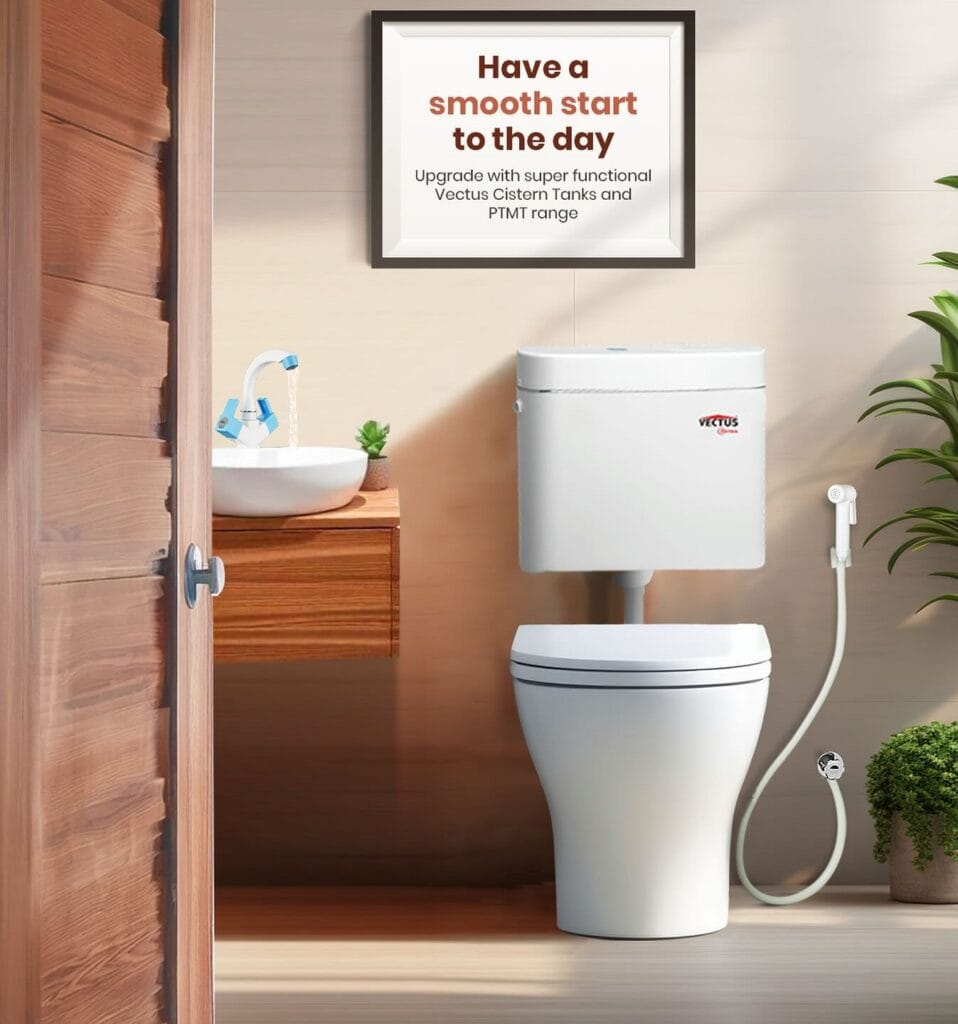
The cistern tank is a vital part of every modern toilet setup. It’s the unit responsible for storing and releasing the water needed for flushing. Despite being built for durability, cisterns can develop issues over time due to wear and tear, water quality, or improper usage. Ignoring these problems can result in water wastage, higher utility bills, and inefficient flushing.
In this article, we’ll explore some of the most common cistern tank problems you may encounter in your bathroom and how to resolve them without necessarily needing professional help.
1. Constant Running Water
One of the most frequent issues is water continuously flowing from the cistern tank into the toilet bowl. This can occur due to:
- A faulty flapper valve
- A misaligned float
- A worn-out flush valve seat
Fix:
Check the flapper at the bottom of the tank. If it’s worn or cracked, replace it with a new one. Ensure the float is properly adjusted to shut off the water once the tank fills. You might also need to clean or replace the flush valve if it’s not sealing properly.
2. Weak or Partial Flush
If your toilet isn’t flushing completely, the problem may lie in the amount of water stored in the tank or in clogged flush holes.
Fix:
Open the tank lid and check if it’s filling up to the required level. Most tanks have a marked water line. If the water is too low, adjust the float. Also, clean the flush holes under the toilet rim using a brush or wire to remove mineral deposits that may be blocking the water flow.
3. Water Leaking from the Bottom
A leak at the base of the toilet usually points to a damaged wax ring or loose tank bolts. Though this is more of a toilet base issue, sometimes cracks in the cistern tank itself can cause water to seep and appear as a floor leak.
Fix:
Tighten the tank bolts to ensure a firm seal. If the tank is cracked, it’s best to replace it entirely. Avoid using sealants, as they may offer only a temporary solution.
4. Noisy Cistern Tank Refill
Hearing loud noises while the tank refills can be quite disturbing, especially during quiet hours. This is often due to high water pressure or a faulty fill valve.
Fix:
Replace the fill valve with a newer, quieter model. You can also install a pressure-reducing valve if high pressure is a regular problem in your plumbing system.
5. Slow Tank Refill
If it takes too long for your tank to refill after a flush, it could indicate mineral buildup in the inlet valve or a partially closed shut-off valve.
Fix:
Turn off the water supply and remove the inlet hose. Clean the valve screen and ensure the shut-off valve is fully open. In some cases, replacing the fill valve altogether is more effective.
6. Push Button Not Working
Many modern toilets use push-button flush mechanisms instead of traditional handles. If the button becomes stiff or stops working, it may be due to misalignment or internal mechanism damage.
Fix:
Open the top of the tank and inspect the button mechanism. If it’s misaligned, reposition it. If any component is cracked or worn out, replace the button unit with a compatible model.
7. Tank Sweating or Condensation
In humid climates, tanks can sweat due to the difference in temperature between the cold water inside and the warm air outside. This can lead to moisture build-up on bathroom floors.
Fix:
Install a tank insulation kit, which lines the interior of the cistern tank with insulating foam. This reduces condensation and keeps the tank dry on the outside.
8. Cracks and Hairline Fractures
Plastic or ceramic cisterns may develop cracks due to impact, over-tightening bolts, or old age. These may not be immediately visible but can lead to slow leaks.
Fix:
If the crack is minor, you may attempt a temporary fix with a waterproof epoxy. However, the most reliable solution is to replace the tank to prevent future problems.
9. Tank Overflowing
An overflowing cistern tank wastes water and can create a mess in the bathroom. It usually occurs when the float fails to shut off the water supply.
Fix:
Adjust or replace the float mechanism. In some cases, replacing the entire fill valve system is the most efficient way to stop the overflow and ensure accurate water level control.
Conclusion
Bathroom maintenance isn’t just about aesthetics, it’s about functionality too. While a properly working cistern tank ensures smooth flushing and minimal water wastage, other elements also contribute to the overall bathroom experience. For instance, a damaged or loose toilet seat cover can be uncomfortable and unsightly.
If your toilet seat cover is cracked, misaligned, or difficult to clean, replacing it is a simple DIY fix that can significantly improve hygiene and comfort. Choose a high-quality toilet seat cover with a secure fit and smooth surface to match your modern bathroom setup.
By keeping both your cistern and seat in good shape, you not only maintain cleanliness but also extend the life of your toilet unit. With timely checks and basic know-how, these everyday problems can be easily avoided or fixed, saving water, time, and money in the long run.